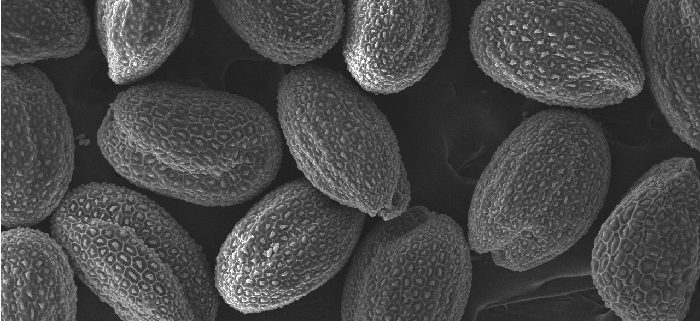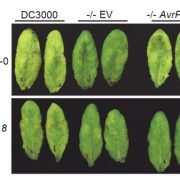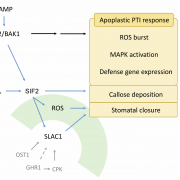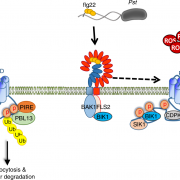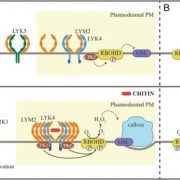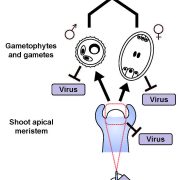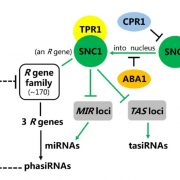Neolignans: treasure shields in seeds
Keiko Yonekura-Sakakibara, Masaomi Yamamura et al. identify factors that play essential roles in the biosynthesis of seed-coat protective neolignans. Plant Cell. http://bit.ly/3mseqae
By Keiko Yonekura-Sakakibara and Kazuki Saito,
RIKEN Center for Sustainable Resource Science
Background: Neolignans are specialized plant metabolites with various biological activities including anti-inflammatory, anti-oxidative, and anti-tumor properties. For example, Honokiol, the neolignan “Kouboku” ( 厚朴) derived from the bark of magnolia trees, is used in herbal medicine and blocks/reverses cardiac hypertrophy. So far, some neolignans have been found, but the structural details and the function of neolignans are largely unknown due to their limited contents in plants. Therefore, the enzymes, genes, and pathways involved in neolignan biosynthesis remain unknown.
Question: We wanted to know how and why plants produce neolignans. We used lignans having a similar structure to neolignans as a reference.
Findings: We determined the precise structure of neolignans in Arabidopsis seeds. We also found that a dirigent protein and laccase are involved in neolignan biosynthesis by neolignan analyses of the mutants defective in the dirigent protein or the laccase. The dirigent proteins are found in the second layer of the seed coat. We also elucidated the neolignan biosynthetic pathway in Arabidopsis seeds. Seed coats of the mutants with less neolignans were easily penetrated by a xenobiotic, suggesting that neolignans play a protective role in seeds.
Next steps: We need to seek the missing pieces of the neolignan biosynthesis map, which will allow bulk production of neolignans in plants and bacteria. The catalog of genes involved in biosynthesis of various neolignans will enable rational engineering for production of useful neolignans.
Keiko Yonekura-Sakakibara, Masaomi Yamamura, Fumio Matsuda, Eiichiro Ono, Ryo Nakabayashi, Satoko Sugawara, Tetsuya Mori, Yuki Tobimatsu, Toshiaki Umezawa, Kazuki Saito (2021) Seed-coat protective neolignans are produced by the dirigent protein AtDP1 and the laccase AtLAC5 in Arabidopsis. Plant Cell. http://bit.ly/3mseqae
Key words: neolignan, plant specialized metabolite, defense, seed


